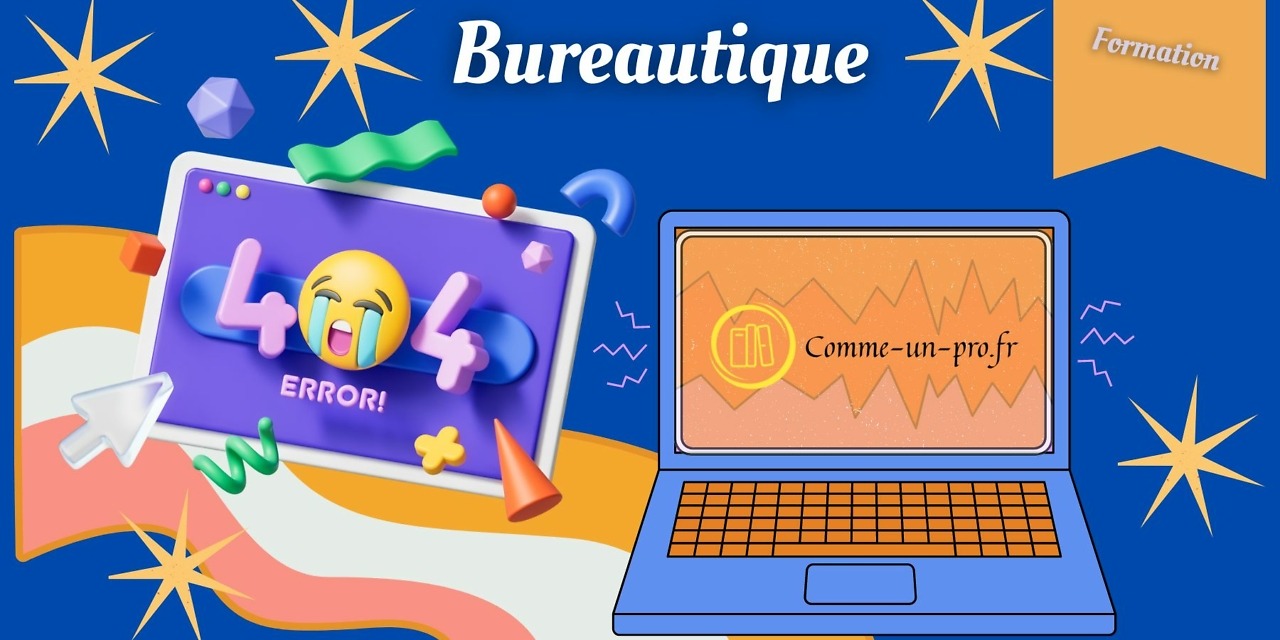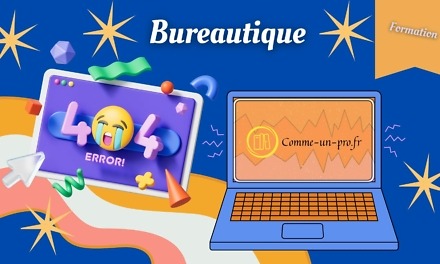Master the art of sending emails
In today's business world, communication by e-mail has become unavoidable. Gmail, as a major component of Google workspace, is one of the most used tools for this communication. For a user who has just been onboarded into a company and whose Gmail account has been set up by IT, it is essential to understand the basics of sending emails.
When composing an email, the first step is to enter the recipient's email address. It is crucial to ensure that this address is correct to avoid any misunderstandings or delays. Next, writing the subject line is a step that is often overlooked, but it is of paramount importance. A clear and precise subject line lets the recipient know immediately what it is, making it easier to manage and prioritize emails.
Writing the body of the email also requires special attention. In a professional context, it is important to remain concise, clear and respectful. It is recommended to avoid jargon unless you are sure the recipient will understand it. Finally, before pressing the “Send” button, it is always a good idea to proofread your email to ensure that it contains no errors and that it conveys the desired message effectively.
Receiving e-mails: sorting and management
Receiving emails is a daily activity for most professionals. With Gmail, receiving emails is simplified, but knowing how to manage these messages effectively is essential to optimize your time and productivity.
When you open Gmail, the first thing you see is your inbox. It contains all unread and recent emails. An unread email appears in bold, making it easy to distinguish it from others. By clicking on an e-mail, you can read it in detail.
It is important to note that Gmail automatically classifies emails into different categories such as “Primary”, “Promotions” or “Notifications”. This classification helps separate important emails from lower priority ones. If an email is miscategorized, you can move it simply by dragging it to the desired category.
Another essential aspect of managing received emails is the use of labels. They allow you to classify emails by project, by client or by any other criterion that is relevant to you. For example, if you are working on a specific project, you can create a label with the project name and assign that label to all emails related to that project.
Finally, keeping your inbox organized is crucial. Regularly delete or archive emails you no longer need to avoid information overload and make it easier to find specific emails in the future.
Answering e-mails: efficiency and professionalism
Responding to emails is an essential skill in today's professional world. A quick and well-formulated response can be the difference between an opportunity seized and an opportunity missed. Gmail, as a major communication tool, offers several features to make this task easier.
When you receive an e-mail that requires a response, it is advisable to do so within a reasonable time. This demonstrates your professionalism and your commitment to your interlocutors. Gmail offers a quick reply feature, which suggests automatic replies based on the content of the email received. Although handy, it's always a good idea to customize these responses to better suit the situation.
Formatting is also crucial. Gmail offers a formatting toolbar to enrich your text, insert links or add attachments. Make sure your message is clear and structured, avoiding long blocks of text. Use short paragraphs and simple sentences for easy reading.
Finally, before sending your response, always proofread to avoid spelling or grammatical errors. Gmail has a built-in spell checker that underlines misspelled words. A well-written response reflects your professionalism and builds the confidence of your interlocutors.
By mastering the art of responding to emails with Gmail, you'll optimize your business communications and strengthen your working relationships.


